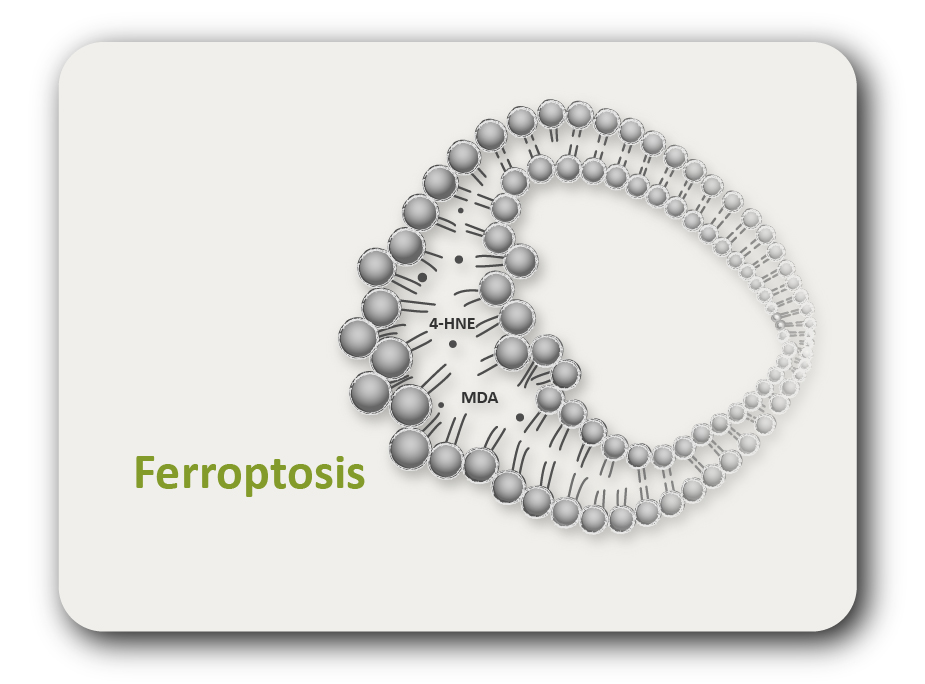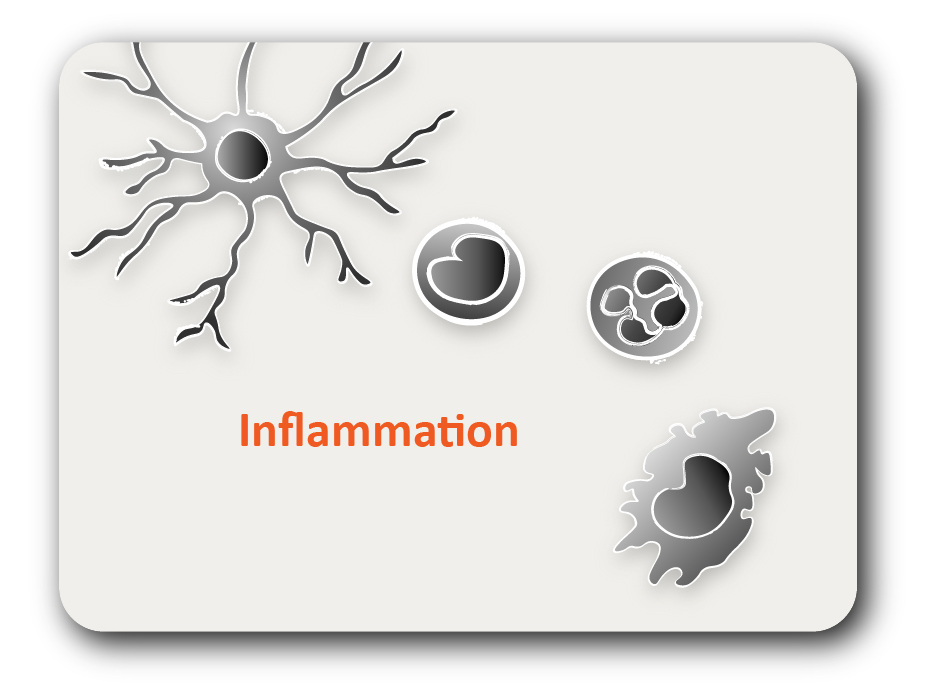ARG45367
anti-Kallikrein 15 antibody [5Z12]
anti-Kallikrein 15 antibody [5Z12] for IHC-Formalin-fixed paraffin-embedded sections and Human
Overview
| Product Description | Mouse Monoclonal antibody [5Z12] recognizes Kallikrein 15 |
|---|---|
| Tested Reactivity | Hu |
| Tested Application | IHC-P |
| Host | Mouse |
| Clonality | Monoclonal |
| Clone | 5Z12 |
| Isotype | IgG2 |
| Target Name | Kallikrein 15 |
| Antigen Species | Human |
| Immunogen | Recombinant Human Kallikrein 15. |
| Conjugation | Un-conjugated |
| Alternate Names | KLK15; Kallikrein Related Peptidase 15; Prostinogen; HSRNASPH; ACO; Kallikrein-15; ACO Protease; Kallikrein-Like Serine Protease; Kallikrein 15; EC 3.4.21.-; EC 3.4.21.4; EC 3.4.21 |
Application Instructions
| Application Suggestion |
|
||||
|---|---|---|---|---|---|
| Application Note | * The dilutions indicate recommended starting dilutions and the optimal dilutions or concentrations should be determined by the scientist. |
Properties
| Form | Liquid |
|---|---|
| Purification | Protein G chromatography |
| Buffer | PBS |
| Concentration | 0.2 mg/ml |
| Storage Instruction | For continuous use, store undiluted antibody at 2-8°C for up to a week. For long-term storage, aliquot and store at -20°C or below. Storage in frost free freezers is not recommended. Avoid repeated freeze/thaw cycles. Suggest spin the vial prior to opening. The antibody solution should be gently mixed before use. |
| Note | For laboratory research only, not for drug, diagnostic or other use. |
Bioinformation
| Database Links | |
|---|---|
| Gene Symbol | KLK15 |
| Gene Full Name | Kallikrein Related Peptidase 15 |
| Background | Kallikreins are a subgroup of serine proteases having diverse physiological functions. Growing evidence suggests that many kallikreins are implicated in carcinogenesis and some have potential as novel cancer and other disease biomarkers. This gene is one of the fifteen kallikrein subfamily members located in a cluster on chromosome 19. In prostate cancer, this gene has increased expression, which indicates its possible use as a diagnostic or prognostic marker for prostate cancer. The gene contains multiple polyadenylation sites and alternative splicing results in multiple transcript variants encoding distinct isoforms. [provided by RefSeq, Jul 2008] |
| Function | Protease whose physiological substrate is not yet known. |
| Cellular Localization | Secreted. [UniProt] |
| Calculated MW | 28 kDa |
| PTM | Disulfide bond; Glycoprotein; Zymogen. [UniProt] |
Images (1) Click the Picture to Zoom In





